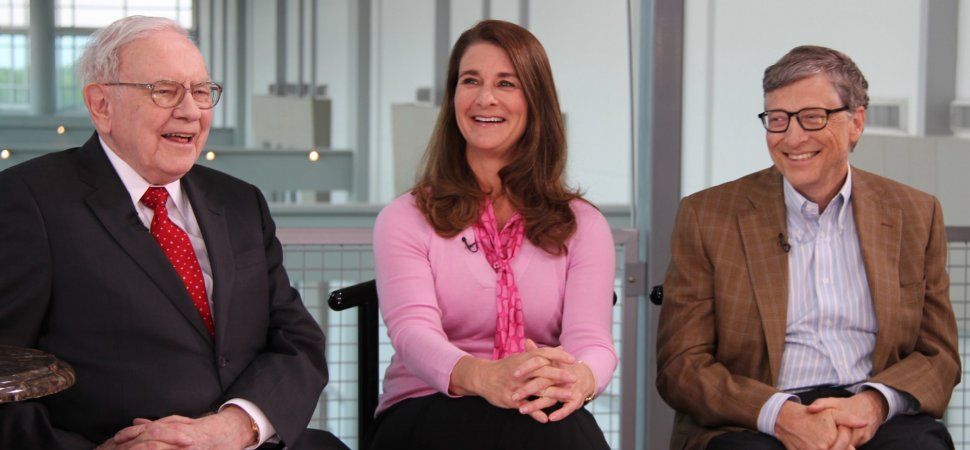Bill and Melinda Gates say “the future will surprise the pessimists.”
They discovered childhood mortality is a symptom of other issues
Children’s deaths are often a result of lack of birth control, gender inequality, and poor women’s health. Melinda wrote, “Virtually all advances in society—nutrition, education, access to contraceptives, gender equity, economic growth—show up as gains in the childhood mortality chart, and every gain in this chart shows up in gains for society.”
Bill added, “When women in developing countries space their births by at least three years, their babies are almost twice as likely to reach their first birthday. Over time, the ability of women to use contraceptives and space their pregnancies will become one of the largest contributors in cutting childhood deaths.” In fact, the Gates Foundation reports “no country in the last 50 years has emerged from poverty without expanding access to contraceptives.”





